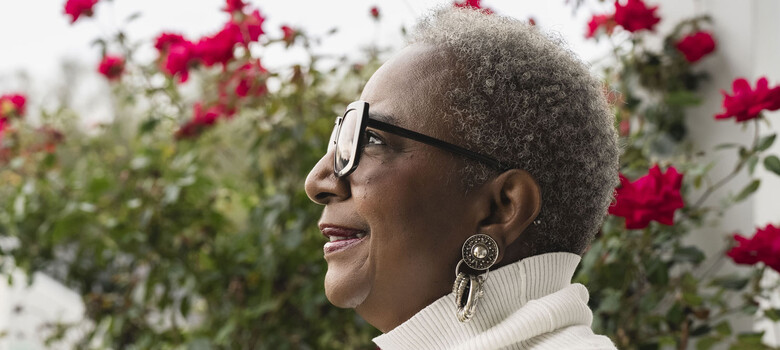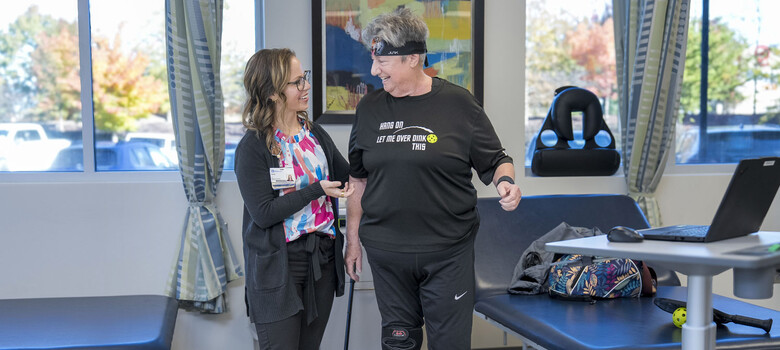 From the DukeHealth.org archives. Content may be out of date.
From the DukeHealth.org archives. Content may be out of date.
Shaking Off the Winter Chill

There’s a lot you can do to stay warm and healthy in the winter. Bundle up. Drink plenty of water. Eat a healthy diet. For other tips, we talked to Duke Primary Care providers.
Come In From the Cold
Remember how your mother warned you that spending time outside in the winter could lead to catching a cold?
Let’s see ... how to put this. Mom was wrong.
“Being out in the cold doesn’t impact your immune system,” says Jessica Grimes, MD, a family medicine doctor at Duke Primary Care Wake Forest. “You have to be exposed to the cold virus to get a cold.” Grimes says the cold virus is more prevalent in late winter, which may have led moms throughout the ages to proffer this advice.
Hand washing is the most important thing you can do to protect yourself from colds in the winter and all year long.
Put a Lid On It (or Don't)
Mom was also wrong about losing most of your body heat through the top of your head. “You lose heat through every part of your body that’s exposed to the cold,” says Kassandra Stoffer, a nurse practitioner at Duke Primary Care Knightdale. So although a hat will help keep you warm, it won’t substitute for bundling up. Stoffer adds this caveat for babies and young children: they should wear hats because their heads are larger, proportionally, and a hat goes a long way toward reducing exposure. Grimes’s fashion advice? “Dress warmly, in layers. When your body temperature starts to go up, you can take off a layer.”
An Icy Grip
For some people, the most annoying part of winter is constantly having cold hands and feet. Though uncomfortable, it’s usually nothing to worry about, Stoffer says. “It can be your body’s way of regulating its temperature.” That is, blood vessels constrict to warm our body’s core, causing colder extremities. But for some people, the blood vessels constrict in an exaggerated way, causing very cold—sometimes blue—fingertips, even with only brief exposure to cold. This may be Raynaud’s phenomenon, which is mostly harmless. People who have it as a secondary condition to, say, lupus, should be under a doctor’s care.
Thaw the Frozen (Couch) Potatoes
If you think cold weather is an excuse to do away with your exercise routine until the spring thaw, think again. For some people who have asthma, exercising in the extreme cold can trigger an attack. For most people, however, exercising outdoors in the winter should not pose a problem, Grimes says.
Exercising in the cold is both safe and healthy, but don’t go it alone. If you’re exercising or otherwise outdoors in the cold, it’s best to have someone with you, as you won’t always recognize when you are experiencing hypothermia.
Serious Cold: Frostbite and Hypothermia
Frostbite (when skin or other tissues freeze) and hypothermia (when your body temperature drops dangerously low) can happen even in mild climates. Know the warning signs.
- Numbness in the extremities can be an early sign of frostbite. Trouble moving your fingers and toes may also be an indicator.
- Frostbitten fingers and toes may first turn red and then white or gray.
- Confusion, sleepiness, loss of coordination, and slurred speech can be signs of hypothermia. If you’re exercising or otherwise outdoors in the cold, it’s best to have someone with you. You may not recognize these signs in yourself.
- Hypothermia and frostbite can go hand in hand, but not always.
- The elderly and small children are especially susceptible to both conditions. Be extra vigilant if you’re responsible for a child or senior.



